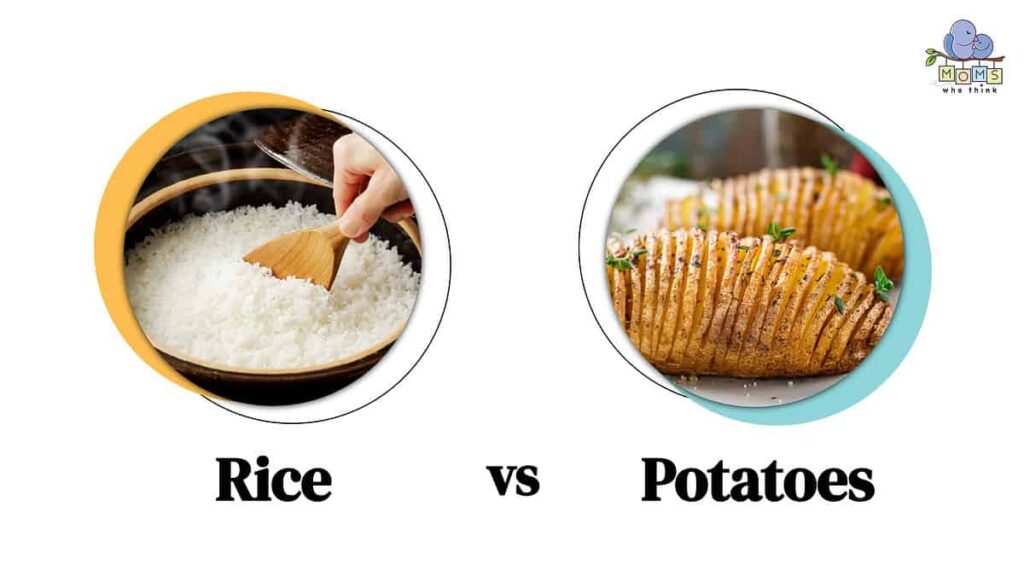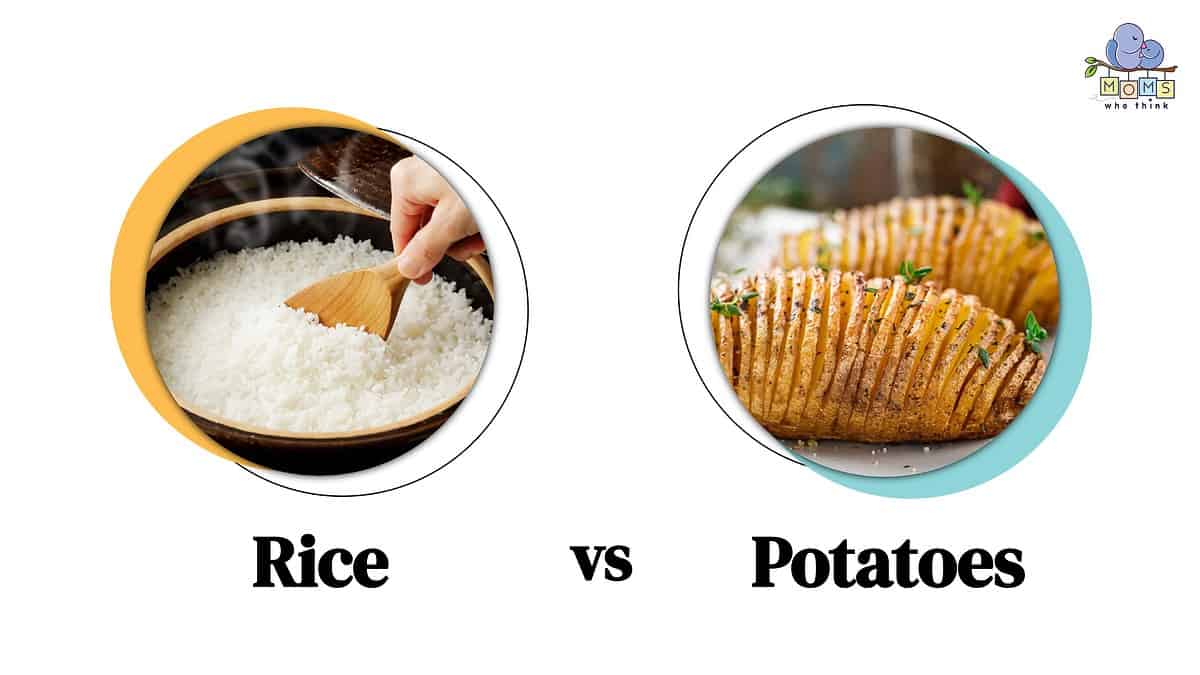
Quart of Rice vs. Pint: Understanding Volume Measurements in Cooking
When it comes to cooking and baking, accurate measurements are crucial for achieving the desired results. Among the various units of volume, the quart and the pint are commonly used, especially when dealing with ingredients like rice. Understanding the relationship between a quart of rice and a pint is essential for both seasoned chefs and novice cooks. This article delves into the specifics of these measurements, providing clarity and practical guidance to ensure your culinary endeavors are a success.
Defining Quarts and Pints
Before comparing a quart of rice to a pint, it’s important to define each unit. A quart is a unit of volume in the United States customary and imperial systems of measurement. There are two pints in a quart, four cups in a quart, and approximately 946 milliliters in a U.S. liquid quart. Conversely, a pint is half of a quart. Therefore, one quart equals two pints.
These measurements are standard in many recipes, particularly in the United States. Knowing how these units relate to each other allows for easy scaling of recipes up or down as needed. Whether you’re measuring liquids or dry goods like rice, understanding the equivalence is key.
The Relationship Between a Quart and a Pint
The fundamental relationship is simple: 1 quart = 2 pints. This means that if you have a recipe calling for one quart of rice, you would need two pints of rice to meet that requirement. This direct conversion is straightforward and easy to remember, making it a cornerstone of kitchen conversions.
Understanding this relationship can save you time and prevent errors when preparing meals. It’s particularly useful when you need to adjust a recipe to serve a different number of people or when you only have one type of measuring container available. For example, if a recipe calls for a quart of rice and you only have a pint measure, you know you need to use two pints.
Measuring Rice: Quart vs. Pint
When measuring rice, whether it’s a quart of rice or a pint, it’s important to use the correct technique for accuracy. For dry measurements like rice, use dry measuring cups or containers. Avoid using liquid measuring cups, as they are designed differently and may lead to inaccurate measurements.
To measure a pint or a quart of rice, fill the measuring cup or container to the brim, leveling off the top with a straight edge, such as a knife or spatula. This ensures that you have the correct amount of rice without any excess or shortage. Consistency in measurement is key to achieving the desired texture and consistency in your cooked rice.
Practical Applications in Cooking
Knowing the difference between a quart of rice and a pint has numerous practical applications in cooking. Here are a few scenarios where this knowledge can be particularly useful:
- Scaling Recipes: If you want to double a recipe that calls for a pint of rice, you’ll need a quart of rice. Conversely, if you’re halving a recipe that calls for a quart of rice, you’ll need to use one pint.
- Substituting Measurements: If a recipe calls for a quart of rice, but you only have pint measures, you know to use two pints.
- Meal Planning: When planning meals for a large group, it’s essential to accurately estimate the amount of rice needed. Understanding the relationship between quarts and pints helps in efficient planning.
- Inventory Management: Knowing the volume of rice you have on hand in quarts and pints can assist in managing your pantry and preventing shortages.
Considerations for Different Types of Rice
While a quart of rice is a specific volume, the weight of that rice can vary slightly depending on the type of rice. Different types of rice have different densities. For instance, a quart of long-grain rice might weigh slightly less than a quart of short-grain rice.
This difference in weight is due to variations in the shape and size of the grains. Long-grain rice tends to be less dense, while short-grain rice is more compact. While the volume remains the same (a quart), the mass will differ. For most recipes, this difference is negligible, but for precise baking or cooking, it’s worth considering.
Converting Rice Measurements: Beyond Quarts and Pints
While quarts and pints are useful, sometimes recipes use other units of measurement. Here are some common conversions to keep in mind when dealing with rice:
- Cups: 1 quart = 4 cups, 1 pint = 2 cups
- Ounces (Fluid): 1 quart = 32 fluid ounces, 1 pint = 16 fluid ounces
- Milliliters: 1 quart ≈ 946 milliliters, 1 pint ≈ 473 milliliters
- Liters: 1 quart ≈ 0.946 liters, 1 pint ≈ 0.473 liters
These conversions can be particularly helpful when working with recipes from different regions or when you need to scale a recipe significantly. Having a conversion chart handy can simplify the process and ensure accuracy.
Tools for Accurate Measurement
To ensure accurate measurements of a quart of rice or a pint, it’s crucial to use the right tools. Here are some essential tools for measuring rice:
- Dry Measuring Cups: These are designed specifically for measuring dry ingredients like rice. They come in standard sizes, including ¼ cup, ⅓ cup, ½ cup, and 1 cup.
- Liquid Measuring Cups: While not ideal for dry ingredients, they can be used in a pinch. However, be aware that they may not provide the same level of accuracy as dry measuring cups.
- Measuring Spoons: Useful for measuring small quantities of rice, such as tablespoons or teaspoons.
- Kitchen Scale: For the most accurate measurements, especially when dealing with different types of rice, a kitchen scale is invaluable. It allows you to measure by weight, which is more precise than volume.
Common Mistakes to Avoid
When measuring rice, it’s easy to make mistakes that can affect the outcome of your dish. Here are some common pitfalls to avoid:
- Using the Wrong Type of Measuring Cup: As mentioned earlier, dry and liquid measuring cups are designed differently. Using the wrong type can lead to inaccurate measurements.
- Not Leveling the Rice: Failing to level off the rice in the measuring cup can result in too much or too little rice, affecting the texture and consistency of the cooked dish.
- Ignoring Density Differences: While not always critical, ignoring the density differences between different types of rice can lead to slight inaccuracies, especially in precise recipes.
- Estimating Instead of Measuring: Eyeballing measurements can lead to inconsistent results. Always use measuring tools for accuracy.
The Importance of Accuracy in Cooking
Accuracy in cooking, especially when measuring ingredients like a quart of rice or a pint, is paramount for several reasons:
- Consistency: Accurate measurements ensure that your dishes turn out the same way each time.
- Flavor Balance: Precise measurements help maintain the correct balance of flavors in your recipes.
- Texture: The right amount of rice can significantly impact the texture of your dish. Too much or too little can result in a dry, mushy, or undercooked result.
- Recipe Success: Accurate measurements are essential for ensuring that your recipes work as intended.
Conclusion
Understanding the relationship between a quart of rice and a pint is a fundamental skill for any cook. Knowing that one quart of rice is equal to two pints allows for easy scaling of recipes, accurate measurements, and consistent results. By using the right tools, avoiding common mistakes, and paying attention to detail, you can ensure that your culinary creations are a success every time. So, the next time a recipe calls for a quart of rice, you’ll know exactly what to do! Remember to always double-check your measurements and consider the type of rice you are using for the best possible outcome. [See also: Cooking Rice Perfectly] [See also: Different Types of Rice] [See also: Measuring Ingredients Accurately]

